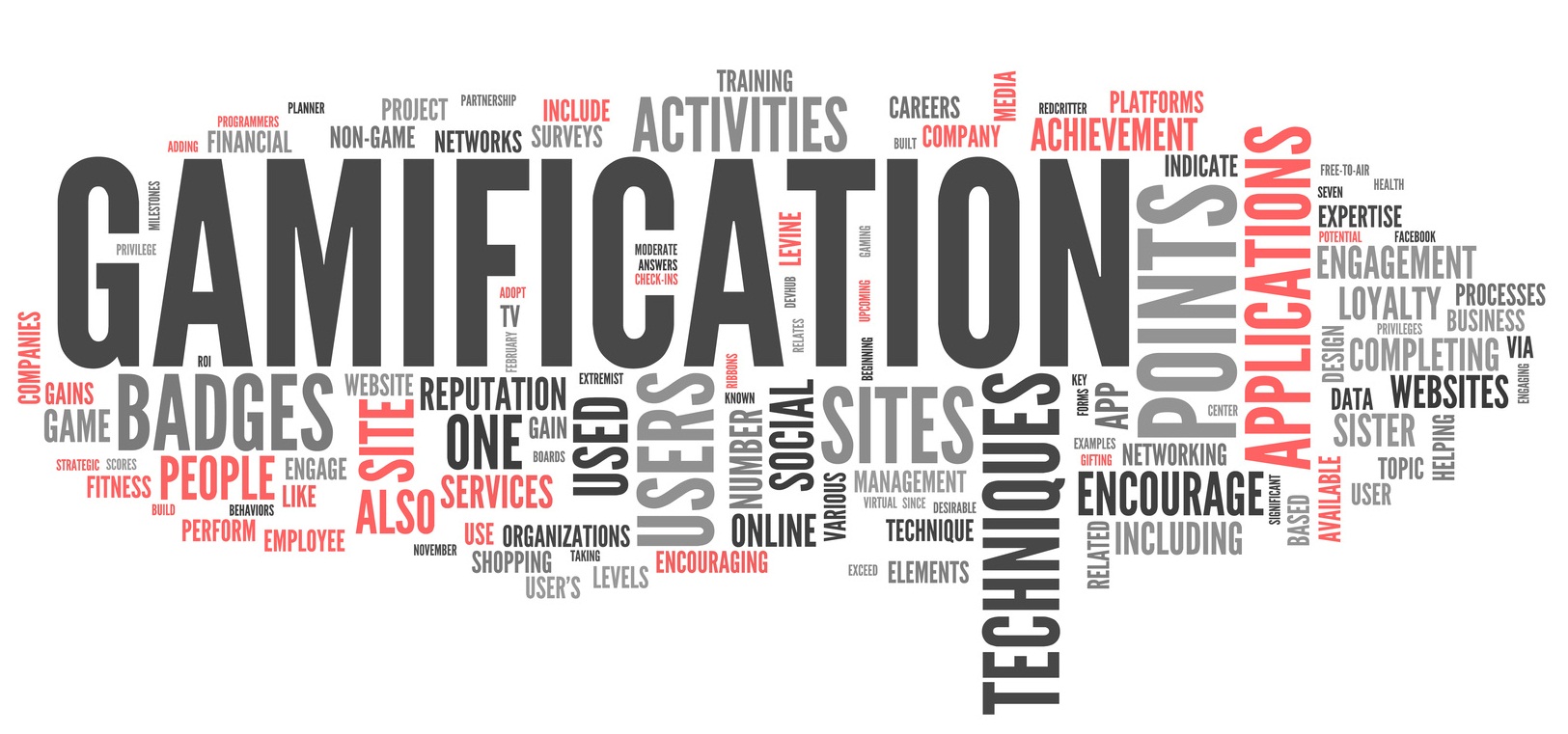Blog

Gamification Q&A with Alexandre Wentzo, CEO, Casewise
Could you give a general overview of the gamification sector and why businesses should implement it?
Gamification is an emerging business and social trend that has started being popularised as the next big thing in marketing. Today’s use of the term seems to fluctuate between two major ideas:
The increasing societal adoption of video games and the influence games have in shaping our everyday life and interactions; and that games can produce states of desirable experience and motivate users to remain engaged in an activity.
Putting these two ideas together, Gamification can be defined as the use of game-like mechanics in non-game scenarios used as a means to increase influence and remain engagement in an activity.
The idea behind Gamification came from the combination of the concepts work and play. Industry experts say that introducing “play” to customers and employees will help companies and organisations achieve desirable results.
What are the benefits and results that a business will see if using external gamification?
In an external community, contests and rewards could be used to encourage customers to help answer each other's questions and become product champions. This concept is something that has been widely used for years in the traditional gaming world – what we’re seeing now is that businesses and organisations are using external Gamification to best engage with their clients and future customers.
How can it best be applied to business use?
Gamification can be used in myriad ways. One example came in the skincare industry. Galderma is an international laboratory for the development and commercialisation of dermatological products, which was created as a joint venture between Nestlé and L’Oreal. In 2011, Galderma presented its sales force with a relatively traditional game: players could work individually or in groups to advance their avatar along a path riddled with quizzes and situational role-plays. The purpose of the game was to reinforce staff knowledge of Galderma products, encourage people to share ideas and exchange good practices, and to build team spirit. Game participation was voluntary, but it was popular (nearly 92 per cent of those targeted ended up participating). In the end, the game not only strengthened Galderma’s sales force, it also measurably increased company sales.
How dominant do you think business use of gamification will be in the future?
The earliest traces of the usage of the term ‘Gamification’ go back to March 2004 but it was not until late 2010 that the term became popular. Many companies and business leaders have voiced their views on Gamification: Al Gore states that: “Games are the new normal” and JP Rangaswami, Salesforce.com’s chief scientist, claims that “Gamification is the future of works”.
It is estimated that by 2015 more than 50 per cent of organisations that manage innovative processes will turn to gamification.
What benefits does internal gamification offer for businesses?
In an internal employee community, product development groups could be challenged to help answer questions from the sales team. Sales staff could take part in a competition to see who can complete training materials first.
Companies that have been using this work hard/play hard motto have noticed significant results. Pharmaceutical company Omnicare introduced Gamification to improve its IT Service Desk operating model. Omnicare found that by introducing an automated OmniQuest game, which included achievements, rewards (in the form of badges), and real-time feedback within the ServiceNow platform, it realised 100 per cent participation from team members.
How big is the gamification sector at the moment?
According to Forbes, the global gaming industry is set to be worth $82bn by 2017, a huge hike from today’s $67bn valuation. Casewise will be at the forefront of this new trend, launching new products that will allow gamification to transform organisations.
What should businesses do who want to take the first step in implementing gamification?
We have all seen our employees, colleagues bringing their own mobile device from an iPhone to an Ipad. They all expect to use the same tool in their work environment as their private one.
These same consumers are expecting the same types of “tools” in their work environments.
The new technologies extends the ability to get more people involved, in an engaging and rewarding way – those same principles that have made social media and gaming so successful.
By using the latest technologies, some may already know some solution like Yammer (a Facebook for the corporate world); people would feel more engaged, and could participate in any conversation, any improvement initiative by sharing easily their thoughts and ideas.
It’s about keeping it clean, fun and Simple. The same principles that organisations like Apple and Google have employed to drive their success.



Comments